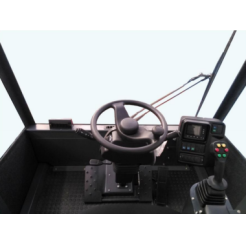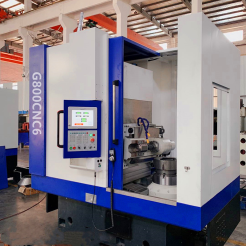Fiber vs. CO2 vs. Diode Laser: The Ultimate Guide 2
Product Description
https://www.wid-laser.com/resources/Fiber-vs-CO2-vs-Diode-Laser-The-Ultimate-Guide.html
Diode Laser vs CO2 Laser vs Fiber Laser: Which Laser to Choose?
1) Materials the Lasers Can Cut and Engrave
The decision to select a type of laser depends on the materials you want to engrave and cut and what the laser machine can do.
First of all, if a laser can cut certain materials, it can also engrave them. But if a laser is engraving certain materials, it is not necessary it will be able to cut them. For cutting, high power is needed compared to engraving.
a. Dioder Laser Engravers
If you want to start a small business, a diode laser is a suitable option as it can cut and engrave a wide range of materials we commonly use.
Diode laser machines can easily cut 5-8mm thick solid wood, 5-10mm thick plywood, 2-5mm thick acrylic, cardboard, paper, and leather. These are the common materials that almost all laser diode machines can cut according to their power.
The materials that can be engraved by diode laser machines are plywood, solid wood, acrylic, paper, leather, steel, glass, ceramics, and a few more materials.
Engraving
Cutting
Solid wood
Solid Wood
Plywood
Plywood
Glass/Ceramics
Cardboard
Steel
Paper
Leather
Leather
Paper
Acrylic
Acrylic
b. CO2 Laser Engravers
CO2 laser machines are better than diode laser machines in terms of cutting materials. They can cut and engrave a broader range of materials.
A CO2 laser can cut wood, acrylic, foam, cardboard, leather, plastics, glass, fabric, rubber, paper, Corian, and MDF.
The materials that a CO2 laser can engrave are acrylic, wood, leather, plastic, fabric, glass, rubber, brick, ceramics, bone, aluminum, and steel.
Engraving
Cutting
Solid wood
Solid Wood
Plywood
Plywood
Glass/Ceramics
Cardboard
Steel
Paper
Leather
Leather
Paper
Acrylic
Acrylic
Foam
Brick
Plastics
Rubber
Glass
Fabric
Fabric
Bone
Rubber
Aluminum
c. Fiber Laser Engravers
Fiber laser machines can cut and engrave most metals and some non-metals. It cuts and marks metals that other laser machines cannot do. These machines are very powerful, so they can easily cut a wide range of metals.
But primarily, these lasers are used for marking and engraving. They can engrave aluminum, brass, copper, ceramics, tungsten, chrome, painted metal, fiberglass, carbon fiber, nickel, plastics, wood, rubber, silver, gold, stainless steel, and synthetic leather.
Engraving
Cutting
Aluminum
Metal sheets
Brass
Leather
Copper
Wood
Ceramics
Acrylic
Tungsten
Chrome
Painted Metal
Fiber glass
Carbon fiber
Nickel
Plastics
Leather
Rubber
Silver
Gold
Steel
2) Laser Power
Beginners need to understand a few things while considering the power of a laser machine. There are three types of power ratings mentioned for laser machines. The three types are laser optical/output power, laser electric power, and machine power.
Machine power refers to the input power of the machines. It does not represent the power of a laser.
The second one is the laser electric power, which is the input electrical energy taken by the laser module. The power is related to the laser module, but it does not represent the ability of the laser to engrave and cut an object. However, it can be used to understand the electricity consumption of the laser module.
The most important power is the laser optical/output power. It is the power that shows the ability to cut and engrave materials. The laser coming out of the module has optical power, and buyers need to see this power to understand what a laser machine can do.
The machine power rating is always the highest, and then comes the laser electrical power, and finally the laser optical power. For instance, a diode laser machine has an optical power of 10W, electric power of 40W, and machine power of 60W.
Beginners get confused between laser electrical power and optical power. Some companies also scam people by telling them the electrical power instead of optical power. Thus, you always need to see the optical power of the machine for comparison.
a. Diode Laser Engravers
Diode lasers have the lowest optical power compared to other types of lasers.
They are typically 5-15W. However, these can cut and engrave all materials we have discussed. Even this low power is suitable for small businesses. If the power is low, then there will be a few passes required.
xTool has introduced the world's first diode laser module with 20W optical power. The module is very powerful, which can cut up to 10mm plywood in one pass. It does the job quickly and with high precision. It increases the efficiency of engraving and cutting of a diode laser machine.






